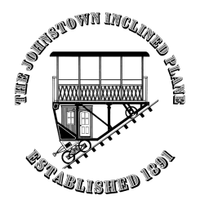Johnstown Inclined Plane
Pennsylvania's Amazon Princess Railroad
$26.95
In stock: 4 available
1
Product Details
The Republic of Bolivia, as it existed prior to the termination of the war with Chile in 1882, had an area of 597,271 square miles, exclusive of the territory of El Chaco, claimed alike by Bolivia, Paraguay, and Argentina.
The population, though never carefully determined, was estimated by the best Bolivian authorities as two and a half million, and of this, about half consisted of savage and domesticated Indians. In other words, a population about equal to that of the State of Massachusetts occupied a territory three and a half times greater in area than that covered by our ten New England and Middle States combined.
During the colonial days of South America, Bolivia was a part of Peru, having been subdued and annexed by Hernando, a brother of Francisco Pizarro, and in 1559, it was formed into the Audiencia of Charcas, or Upper Peru. "The haughtiest of all the old Spanish Conquistadores," says a prominent writer, "settled in the country and clustered their titled families around its ten thousand open silver-mines."
This book is a reprint of a 1907 publishing by Neville B. Craig. Craig was the last survivor of the 1st "all-American" expedition to open the Amazon River Complex, that portion of the world that is roughly the size of the United States, to international trade. This railroad project was the outcome of the visit of Emperor Dom Pedro II to the U.S. Centennial Exposition of 1876 in Philadelphia, PA. As the first foreign Head of State to visit the fledgling Americas Empire at its conception. The proposed railroad was intended to help Bolivia gain access to the Atlantic Ocean trade routes, and to further help settle a border dispute between the countries of the Andes Mountain headwaters of the Amazon River.
Save this product for later
Pennsylvania's Amazon Princess Railroad
Display prices in:USD

